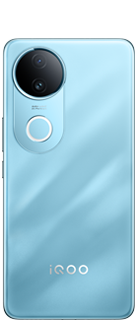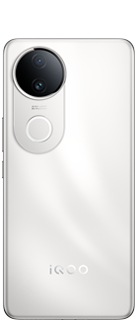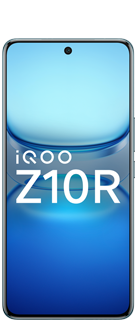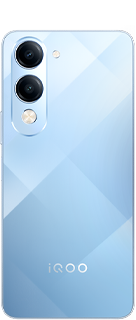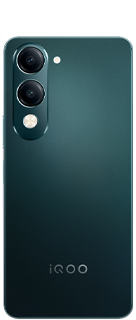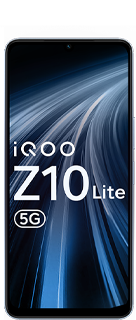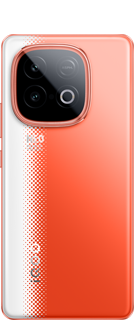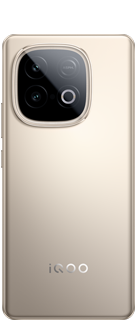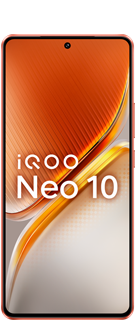How curved and flat mobile screens are made?
INTRODUCTION
Mobile screens are made using a variety of materials and processes, depending on the type of screen. Curved screens are more complex to manufacture than flat screens, but they offer a number of advantages, such as a more immersive viewing experience and a more compact design.

Manufacturing flat mobile screens
The manufacturing process for flat mobile screens begins with a glass substrate. This is a thin sheet of glass that is coated with a number of different layers, including a polarizing filter, a color filter, and a liquid crystal layer. The liquid crystal layer is what allows the screen to display different images.
Once the glass substrate is coated with all of the necessary layers, it is bonded to a thin film transistor (TFT) array. The TFT array is responsible for controlling the individual pixels on the screen.
The next step is to seal the screen with a protective layer. This layer helps to protect the screen from scratches and other damage.
Once the screen is sealed, it is ready to be assembled into the mobile device.
Manufacturing curved mobile screens
The manufacturing process for curved mobile screens is more complex than the process for flat screens. This is because the glass substrate needs to be heated and bent into a curved shape.
The first step in manufacturing a curved mobile screen is to heat the glass substrate to a high temperature. This makes the glass more pliable and easier to bend.
Once the glass substrate is heated, it is bent into a curved shape using a special mold. The mold is designed to create a specific curve in the glass.
Once the glass substrate is bent, it is cooled to room temperature. This helps to set the curve in the glass.
The next step is to apply the same layers to the curved glass substrate as you would to a flat glass substrate. This includes the polarizing filter, color filter, and liquid crystal layer.
Once the layers have been applied, the curved glass substrate is bonded to a TFT array.
Finally, the curved screen is sealed with a protective layer.
Once the screen is sealed, it is ready to be assembled into the mobile device.
Advantages and disadvantages of curved mobile screens
Curved mobile screens offer a number of advantages over flat screens, including:
* More immersive viewing experience: The curved screen wraps around the user's field of view, creating a more immersive viewing experience.
* More compact design: Curved screens can be used to create more compact mobile devices.
* Reduced glare: Curved screens are less likely to reflect glare, making them easier to view in bright environments.

However, curved mobile screens also have some disadvantages, including:
* More expensive to manufacture: Curved screens are more expensive to manufacture than flat screens.
* More difficult to repair: Curved screens are more difficult to repair than flat screens.
* More prone to false touches: Curved screens are more prone to false touches, as the user's palm can accidentally brush the edge of the screen.
Overall, curved mobile screens offer a number of advantages over flat screens, but they are also more expensive and more difficult to repair.
FOLLOW @TechieGuy FOR MORE SUCH INFORMATIVE CONTENT 🤙🤟.
Please sign in
Login and share
